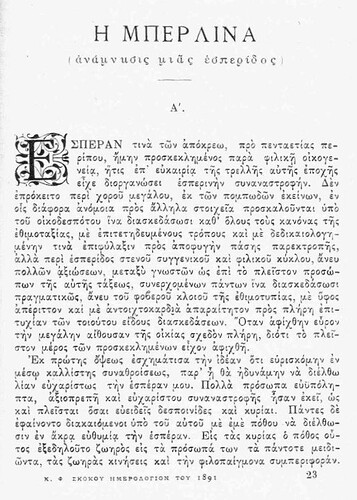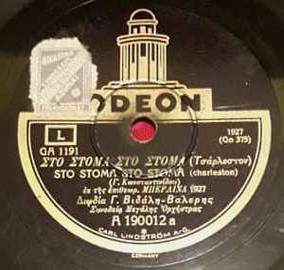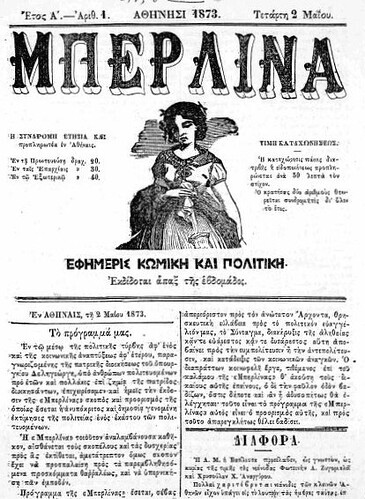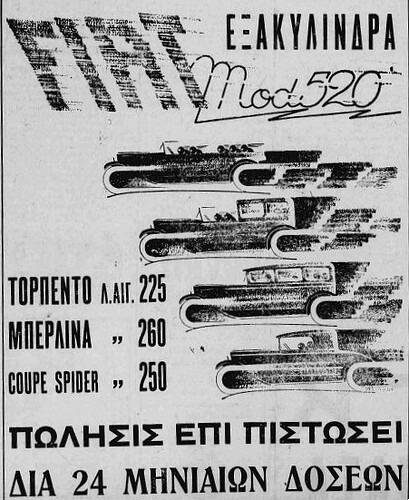Μάλλον από άλλο ανέκδοτο:
Και σε αγγλική μετάφραση:
berlina . 1. From the Germanic BRETLIN or BRETLING, diminutive form of BRET, table , whence also the word BERLENGO, table , board (cf. Berlengo ). A sort of punishment that was meted out to malfaisants, consisting of exposing them in full view to the public on a dais or high place, which was called berlina . In the same sense the French has the word PILORI (whence the Engl. PILLORY) = Provençal ESPITLORI, Portuguese PILORINHO, from Latin PILÔRUM, SPILÔRIUM = PILÀURIUM, PILÀRICUM, which Ducange connects to Classical Latin PILA (whence French PILIER, pillar , column , pole ), and which Grimm connects to Old High German PFILAERE, modern PFEILER (which is incidentally the Germanic form of French PILIER), to which were tied those condemned to the pillory, or which was put under their chin.
2. French berline , whence berlingot , or brelingot , half sedan (without a front seat). This was also the name of a kind of four-wheeled chariot with a removable hood; and in that sense it is claimed that it derives, like the word BARA, from West German BERA (Anglo-Saxon BAER), mechanism for transporting , sedan (from BEREN or BAEREN, to bear ) with the suffix –ling , common to Germanic languages. Others claim that it derives from BERLIN, where these vehicles allegedly began to be manufactured originally (XVIIIth century); Diez draws attention to the Bavarian BRECHE, sedan (meaning properly bridle , whence the dimin. BRECHLIN = Middle High German BRITELÎN (see briglia ).
Finally, to omit nothing around this word, which has aroused much discussion, the opinion of Canello must be mentioned, who suggests that the meaning of GOGNA, pillory , cannot be dissociated from that of CARRO (cart) and believes it could be a “Carretta (cart) on which malfaisants were led around to be publicly humiliated.” Canello is induced to do so by an old passage of Cristien de Troyes:
De ce servoit charete lors,
Dont li pilori servent ors, etc.
in which he recognizes a historical connection between PILORI and the cart of the gogna .



